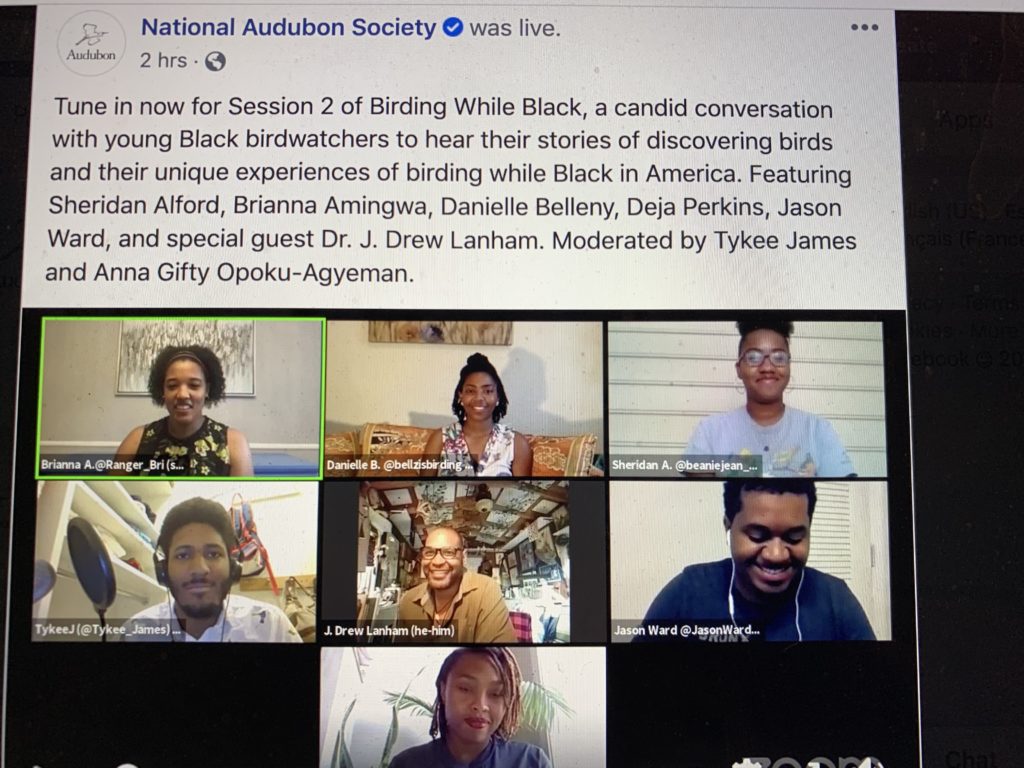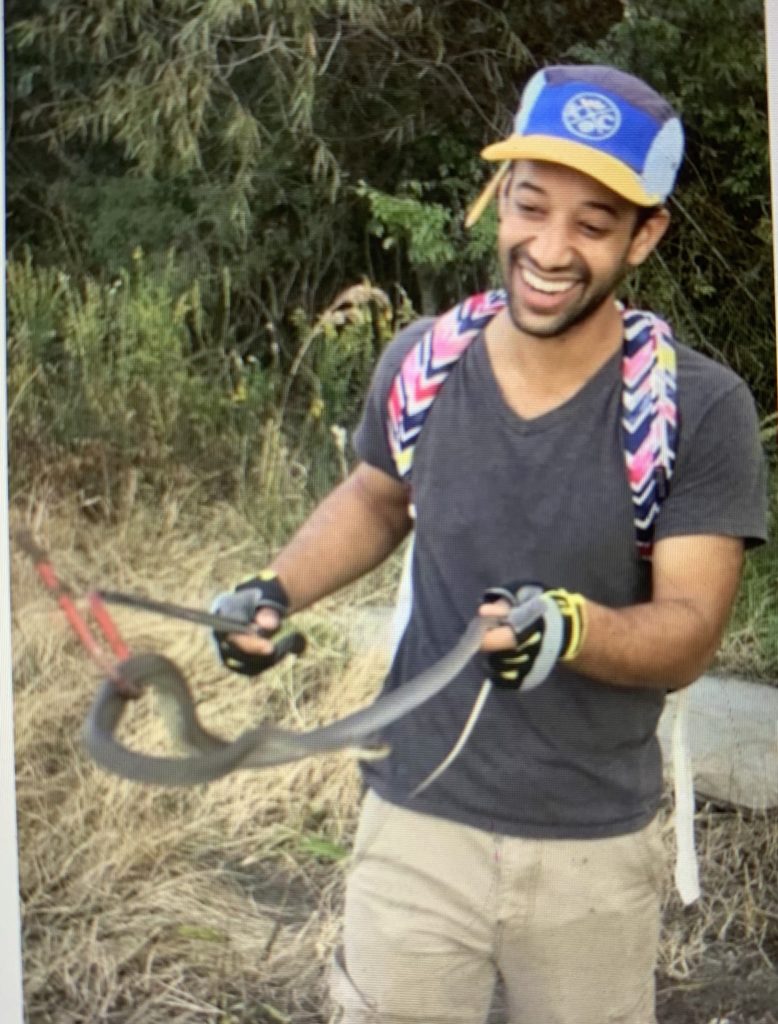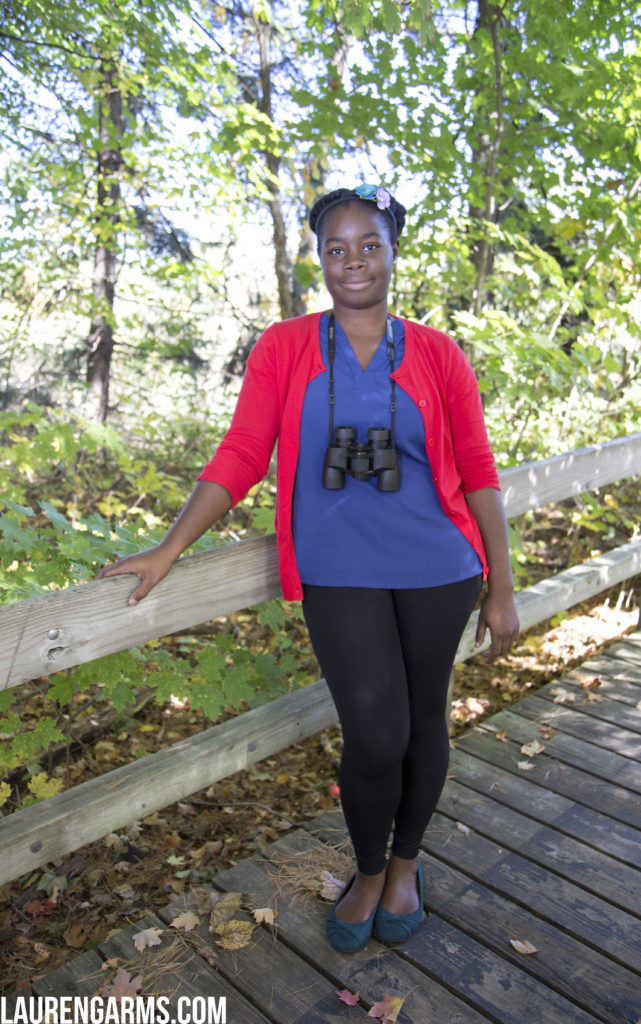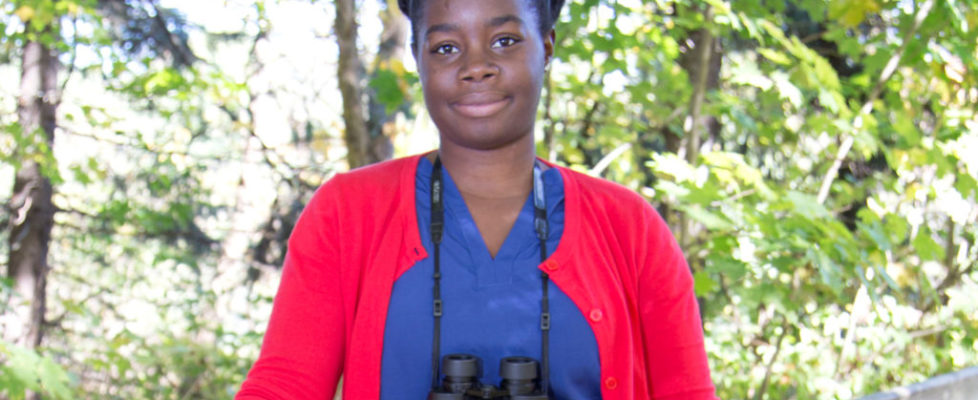Black Birders Week and Beyond
Decades later, I still vividly recall my first experience birdwatching with a group. It was a boat trip to Monomoy Island, a shorebird haven off Cape Cod, and it took place in the late 1960s, when I was ten or eleven years old.
I also remember that all the other birders—all men, all white—were my father’s age or older, into their fifties and sixties. I could tell they knew each other well, and they were clearly surprised to see a young boy along. But they were delighted: As the trip’s “unicorn,” I was treated with kindness and inclusion. The others always made sure I saw the Willet or Semipalmated Plover, and congratulated me when I spotted something for myself.
Even though I’m now those “old” men’s age, I still remember how they saw me, celebrated our differences, and welcomed me into their group.
In the years since, much has changed. You can drive to parts of Monomoy now. Birdwatching is called birding. And a once largely male and middle-aged (or older) pursuit is now enjoyed by people of all ages and genders.
One thing that hasn’t changed? Birding remains a largely white pursuit, too often off-limits to people of color.
That reality came into sharp, unavoidable focus last month, when a Black man named Christian Cooper, birding in Central Park’s Ramble, asked a woman to follow park regulations and leash her dog. Instead of simply complying, she called the police on him, screaming that she was being threatened “by an African American man.”
This story did not end tragically, but obviously it could have. And it made clear a truth long known by Black birders, scientists, and those who merely love and want to explore the natural world: They often do not feel safe in places so many of us white birders explore without a second thought.
That’s the reality today, but it doesn’t have to be the future. The treatment of Christian Cooper—and the larger issues it brought to light—helped inspire the recent Black Birders Week. Using the power and outreach of social media, this ambitious, wide-ranging effort sought to bring birders and nature enthusiasts of color together…while also making them more visible to the rest of us.
Biologist Corina Newsome announced the creation of Black Birders Week in a video widely disseminated in both traditional media and on Twitter, Instagram, and other social media. (Look for the hashtag #BlackBirdersWeek.) “For far too long, Black people in the United States have been shown that outdoor exploration activities are not for us,” she said. “Well, we’ve decided to change that narrative.”

Running from May 31 to June 5, the inaugural Black Birders Week featured a thoughtful, honest, sometimes painful series of online presentations, panel discussions, and other events. Participants were invited to answer birding challenges and “Ask a Black Birder,” and to follow “Black Women in Birding.” Meanwhile, online panels brought together scientists, birders, and nature enthusiasts from all over the country (including Christian Cooper) to discuss “Birding While Black.”
I talked with Alexi Grousis-Henderson and Nicole R. Jackson, two of the co-organizers of Black Birders Week, seeking their perspectives on the week and its aftermath.

Grousis-Henderson is a naturalist and zookeeper in New Orleans. Growing up in Central California, he was always more interested in nature than in what was going on right in front of him. “I was that five-year-old who’d stop in the middle of a soccer game to watch a butterfly.”
Later, as a student in Kansas City, he discovered a world of mature forests that he hadn’t known during his childhood in the California desert. Today, he says, “I’m a reptile kind of guy…though recently I’ve become obsessed with nocturnal South American mammals.”

Nicole Jackson is Program Coordinator for the Environmental Professionals Network and the Ohio Certified Volunteer Naturalist program at the School of Environment and Natural Resources, Ohio State University.
For Jackson, nature played a crucial role during an extremely difficult time in her childhood in Cleveland. “I was in foster care in an abusive household,” she says, “and nature was my go-to, my escape.”
Ever since, she says, “nature has been that constant. We can be still, see ourselves learning life lessons. It gave me a shield until I was ready to reveal myself for who I was.”
To both of them, the sense of community Black Birders Week helped create may be its most valuable component. “It makes a real difference,” Grousis-Henderson says. For a long time, “I felt alone, and I know a lot of us felt this way. We were all these islands.” The group chats that have formed in recent weeks, some encompassing thousands of participants, “have allowed us to share our joy.”
Jackson feels the same way. “We have to reach out,” she says, “both to share our own knowledge and to learn from people who know things we don’t.”
The organizers of Black Birders Week hoped that the events would bring the same sense of community to newcomers that they themselves have experienced and shared on a personal level. When I asked Jackson and Grousis-Henderson if they felt that the effort had been successful, they were both optimistic. The panel discussions, for example, which streamed live on the National Audubon Society’s Facebook page (and are still available—see below), have garnered audiences in the tens of thousands.
The outreach was fulfilling in a more direct way as well, the two co-organizers revealed. “I received messages as the days went on from people I knew, but also from strangers,” Jackson says. “It was great to see people I didn’t know respond to my story and say ‘Thank you…I thought I was the only one.’”
Says Grousis-Henderson, “I was blown away by the number of melanated faces in natural spaces across the U.S.—and in some cases, across the globe! I honestly wasn’t prepared to see this many folks of generations and above and below my own. It was incredible.”
It’s clear that Black Birders Week’s message of community and connection was—and is—a vivid, fulfilling one of hope and essential (and long overdue) change. But that’s not enough: Its full impact will only be possible if white birders step up, too.
What those “old” men did for me all those years ago helped me embrace a lifetime of birding. It’s my responsibility, and ours, to do the same, inclusively, today.
Copyright © by Joseph Wallace
You can watch the two “Birding While Black” panel discussions here: https://www.facebook.com/watch/live/?v=599256750697358&ref=watch_permalink
and here:
https://www.facebook.com/watch/live/?v=250698879684486&ref=watch_permalink



